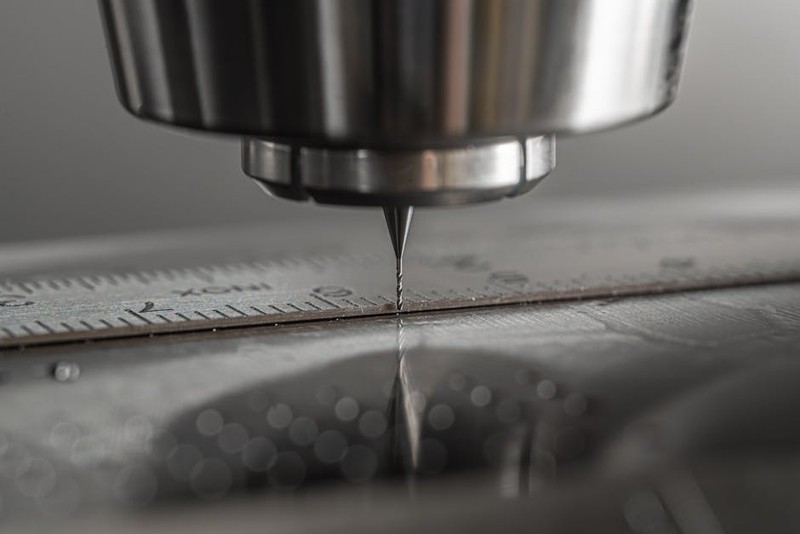The Green Challenge in CNC Milling
The manufacturing industry is under increasing pressure to adopt sustainable practices, and CNC milling is no exception. While CNC machining is inherently precise, its traditional workflows often generate significant material waste and energy consumption. The challenge lies in balancing high-tolerance machining with eco-friendly principles—a problem I’ve tackled firsthand in projects ranging from aerospace components to consumer electronics.
The Hidden Cost of Waste
In conventional CNC milling, up to 60–70% of raw material can end up as scrap, especially when machining complex geometries from solid billets. Add to this the energy-intensive nature of high-speed spindles and coolant systems, and the environmental footprint becomes hard to ignore.
🔍 Key Insight:
Sustainable CNC milling isn’t just about recycling chips—it’s about rethinking every step of the process, from material selection to toolpath optimization.
Expert Strategies for Eco-Friendly CNC Milling
1. Material Efficiency: Beyond the Basics
Actionable Tip: Use near-net-shape stock or additive manufacturing hybrids to minimize machining volume.
– Case Study: For a marine hardware project, we switched from aluminum billets to pre-forged blanks, reducing material waste by 40% and cutting machining time by 25%.
– Data-Driven Approach:
| Strategy | Waste Reduction | Energy Savings |
|---|---|---|
| Near-net-shape stock | 30–40% | 15–20% |
| High-efficiency toolpaths | 20–25% | 10–15% |
2. Coolant and Lubrication Innovations
Traditional flood coolants are environmentally hazardous. Alternatives like minimum quantity lubrication (MQL) or cryogenic machining can slash coolant usage by 90%.
⚙️ Lesson Learned:
In a medical device project, switching to MQL not only reduced coolant waste but also improved surface finish by 12% due to reduced thermal distortion.
3. Energy-Efficient Toolpaths
Advanced CAM software now offers “green machining” modes that optimize toolpaths for lower energy consumption.

💡 Pro Tip:
Reduce rapid traverses and prioritize adaptive toolpaths—this alone can cut energy use by 15–30% without sacrificing cycle times.
Case Study: A Fully Sustainable Consumer Product
Project Overview
A client needed 500,000 biodegradable phone cases with tight tolerances (±0.1mm). The challenge? Machining PLA-based bioplastic without compromising speed or precision.
Solutions Implemented
- Material: Switched to a high-strength, plant-based composite to avoid petroleum-based plastics.
- Tooling: Used diamond-coated end mills to reduce wear and extend tool life by 3x.
- Process: Implemented high-speed trochoidal milling to minimize heat buildup and material stress.
Results
- Scrap rate dropped from 12% to 3%.
- Energy consumption reduced by 35% through optimized spindle speeds.
- Customer satisfaction increased due to the product’s fully recyclable design.
The Future of Eco-Friendly CNC Milling
Emerging trends like AI-driven process optimization and closed-loop recycling systems are pushing sustainability further. The next frontier? Carbon-neutral machining facilities powered by renewable energy.
🔍 Final Insight:
Sustainability in CNC milling isn’t a trade-off—it’s an opportunity. By adopting these strategies, manufacturers can reduce costs, enhance brand value, and meet tightening environmental regulations.
Ready to take the leap? Start by auditing your current process for waste hotspots, then pilot one of the strategies above. The planet—and your bottom line—will thank you.
